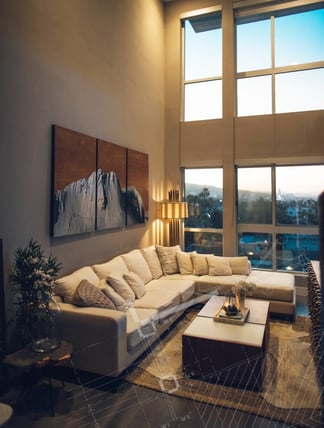The Power of Natural Light in Interior Design
Cultivate the power of natural light in your home with our comprehensive guide. explore design strategies to maximize natural light to Create a brighter and healthier space.
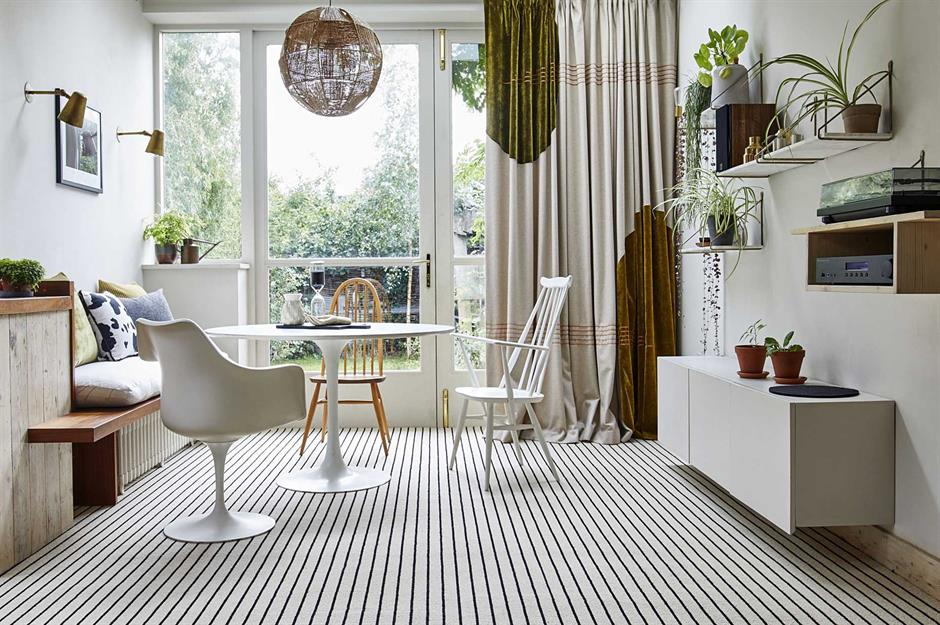
Natural lighting, also known as daylighting, is a technology that efficiently delivers natural light into your home through exterior glazing, reducing the need for artificial lighting and conserving energy. Natural lighting has been proven to improve health and comfort. In this blog, we will discover its importance and how to exploit it in interior design.
What Are the Advantages of Natural Lighting in Interior Design?
During the design process, window and skylight spots are carefully chosen to maximize natural light. Daytime lighting may create a pleasing and effective atmosphere.
- Enhanced Well-being: Natural light has a considerable positive influence on the physical and mental health of residents. Natural light is believed to boost mood, increase productivity, and reduce stress. Regular exposure to sunshine has a direct impact on sleep and cognitive performance. Sunlight supplies Vitamin D, which is necessary for bone health and immunity.
- Energy Efficiency: Making the most of natural daylight will cut energy usage and assist in lowering the carbon impact. Intelligent design that utilizes natural light may also improve thermal efficiency by enabling more accurate interior temperature control.
- Focus and Productivity: Natural light decreases eye strain and tiredness, which can improve focus and attention. This permits you to work on activities for extended periods without being fatigued.
Artificial Lighting vs Natural Lighting in Interior Design
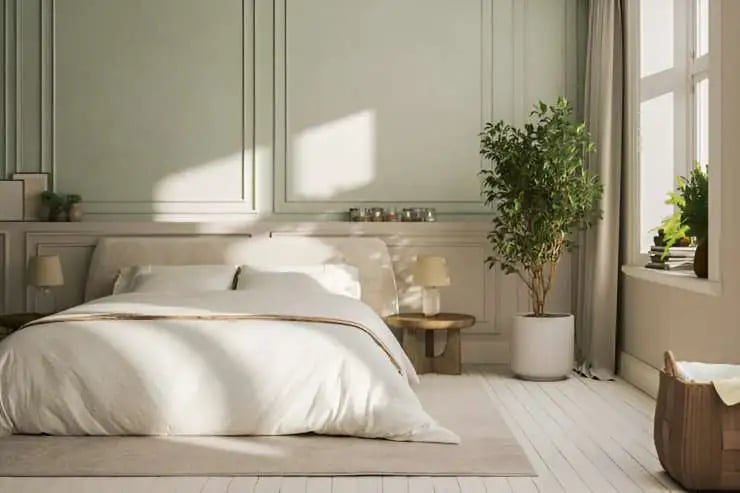
Both natural and artificial lighting play critical roles in creating functional and aesthetically pleasing interior spaces, and both have a profound impact on human health. While artificial lighting is convenient and controllable, bright LED outputs differ significantly from sunlight. This discrepancy might cause health problems. In contrast, exposure to natural light during the day increases happiness and activity. The summer months for example with lots of sunlight increase our stimulation and vitality. Furthermore, natural light depicts colours more accurately and attractively, while artificial lighting may diminish our impression of the vibrancy and attractiveness of colours. This is why you should consider the type of lighting when designing your space.
How to Utilize Natural Lighting in Interior Spaces
Maximize Windows
Allowing more natural light might help to improve the mood of your living area. To do this, consider by expanding the size and number of windows in your home. If your home faces the sun, consider installing larger or more casement windows on those walls. This will allow more sunlight and warmth in, making the area feel more comfortable and welcoming.
Related: Innovative Sustainable Interior Design Ideas.
Create Large Glass Openings
Floor-to-ceiling glass, skylights, or internal light walls are, as you might think, one of the most effective and intuitive ways to bring natural light into your home and interact with your surroundings. Views, orientation, privacy, air movement, and the interior design of the living area are all important considerations when deciding where to incorporate glass.
Use Mirrors
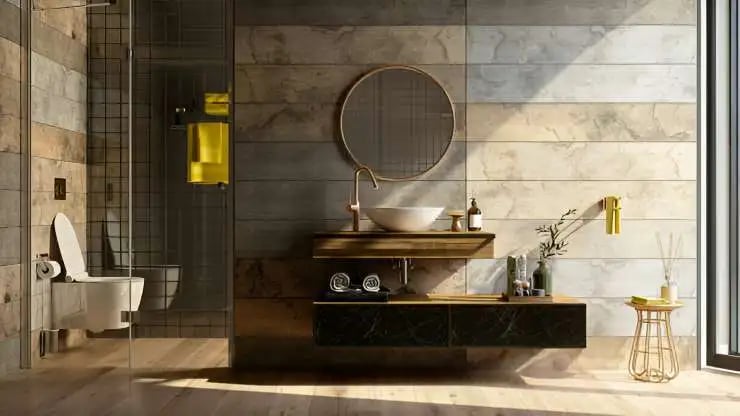
Mirrors are another great technique to boost the natural lighting in your house. The reflective qualities of mirrors amplify natural light from the outside. Place a mirror opposite a small window and see how the amount of light in the room doubles. Reflections can make a space feel larger and boost the number of smiling faces in it.
Use Light to Enhance Details
light can and should be used to highlight the precise elements you've included in your home's design. When choosing a material, it is important to consider how that material will be used throughout the space and how it will interact with different types of light. A highly reflecting surface, such as glass or some stones, can serve to draw light into the area and expand it. Meanwhile, non-reflective materials can absorb light. Understanding how these materials interact with light can help you use them to their fullest potential throughout your home.
Related: The Main Types Of Floor Lighting.
Use Sheer Curtains
Sheer curtains are ideal for letting in light. They enhance the look of your living room or bedroom while also letting in light. You can get a similar look with honeycomb curtains. This also works well if the windows are opaque or the walls are a dark colour, resulting in a dark space that requires a lot of natural light.
Embrace Whit and Light Colours
Dark hues may make a space seem warm, but they can also make it appear tiny and confined. On the other side, painting your walls and ceiling white will aid in reflecting light, making the room appear brighter and more open.
Rearrange The Layout of Your Furniture
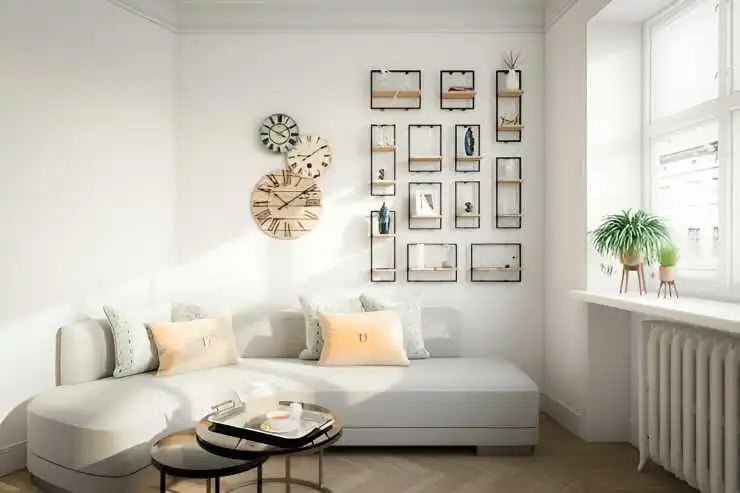
Large furniture blocks light and gives the impression of a smaller space. We encourage reassessing your furniture layout and asking yourself: is this the best use of space? You can move huge pieces of furniture away from your windows to enable as much light as possible to enter.
Let Mimari Expert Transform Your Living Space
Natural lighting is a key element of interior spaces as it highlights the design aesthetics aspects. At Mimari Expert, we provide high-quality designs that suit customers' tastes and meet their needs. Our team of specialists is passionate about creating interior environments that promote both comfort and well-being.
Contact Mimari Expert today for a free consultation and experience the difference.
Some Of Our Works And Case Studies For Clients
Schedule a free consultation
You can get your free consultation by communicating with us.
